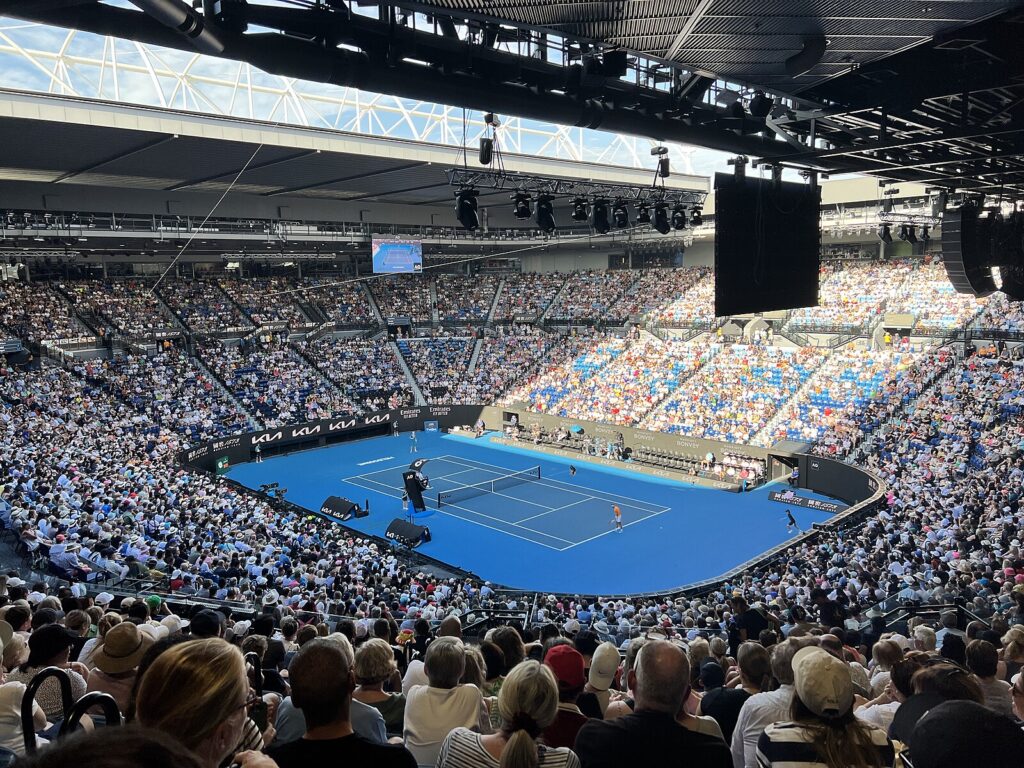USA vs. China: is the tennis market facing a racket shortage?

Although US President Donald Trump has announced a 90-day suspension of tariffs, he is still imposing a general 10% tariff. Moreover, this does not currently apply to China, where the tariff rate has reached 145%, effectively making it prohibitive.
This will undoubtedly impact the tennis industry, particularly in the sales of rackets and other equipment, the vast majority of which is manufactured in China and imported into the US.
What are the possible consequences? In the short term, prices are likely to rise, though perhaps not as dramatically as it may seem. Many brands, distributors, and retailers had anticipated this scenario and stocked up in advance. In addition, major players may redirect shipments originally intended for lower-margin markets — such as Mexico, the Caribbean, and parts of Latin America — to the US.
Some brands also have manufacturing outside of China. For example, Head produces its premium models in Austria, while Yonex operates its own factory in Japan. However, these volumes will clearly not be enough to meet total demand.
If the situation does not improve within the next weeks, American tennis enthusiasts may begin to feel the shortage — particularly in the mid-range segment of popular models and brands. Lesser-known brands with non-Chinese production, such as the Taiwanese manufacturer ProKennex (which owns a factory on the island), may try to fill the gap.
In the medium term, the situation could lead to a shortage of rackets in the US and neighboring markets, a noticeable increase in prices, and growing pressure from smaller manufacturers and traders using grey-market schemes to bypass tariffs via third countries.
By the end of the year, the situation may stabilize due to the end of the peak tennis season and the relocation of manufacturing by major brands from China to other countries, as well as the potential revival of production in the US.




